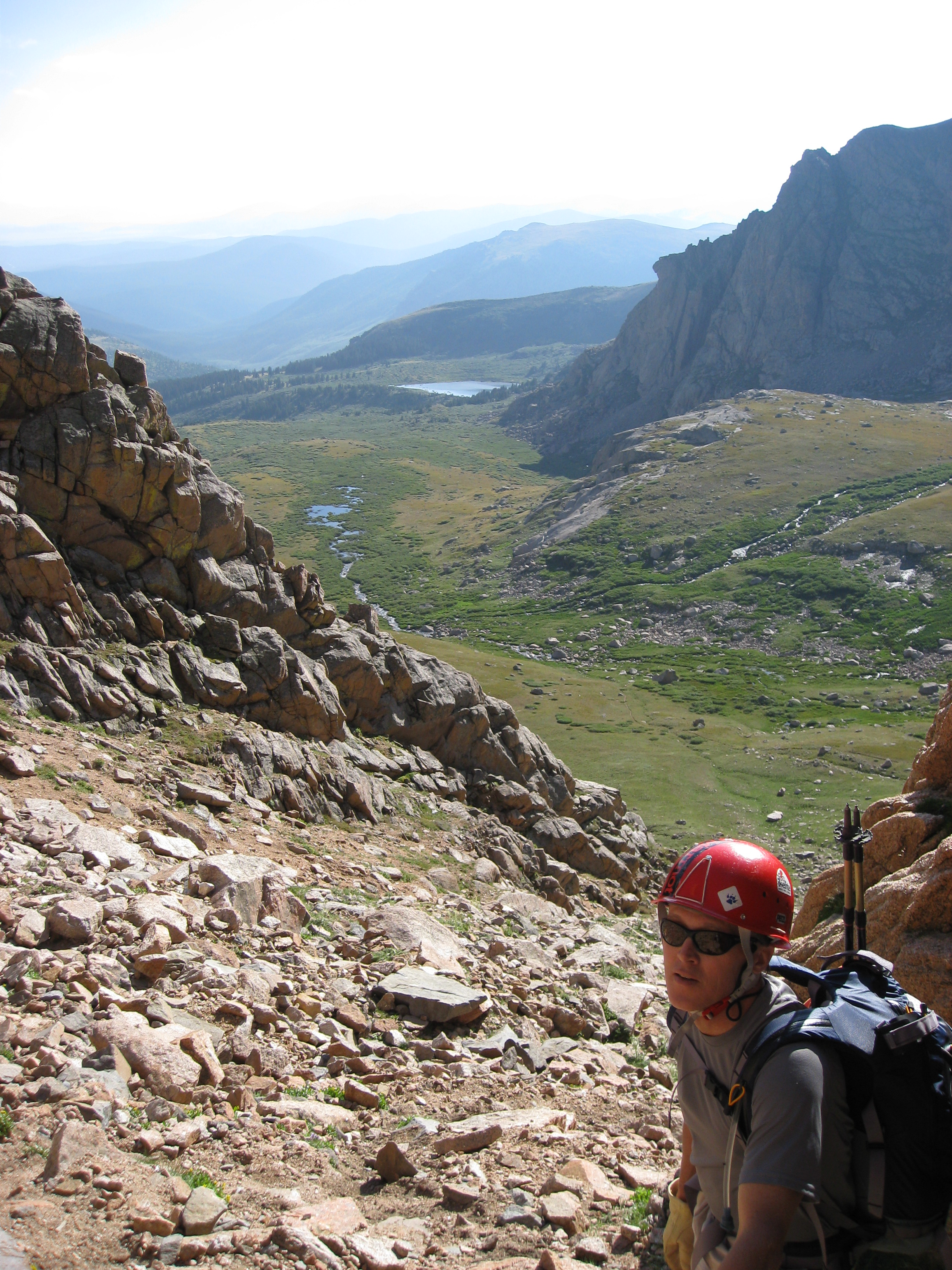Distribution limits of Batrachochytrium dendrobatidis: a case study in the Rocky Mountains, USA
http://www.nrmsc.usgs.gov/files/norock/publications/Hossack_et_al__2009_J_Wildl_Dis.pdf
Abstract/Summary
Knowledge of the environmental constraints on a pathogen is critical to predicting its dynamics and effects on populations. Batrachochytrium dendrobatidis (Bd), an aquatic fungus that has been linked with widespread amphibian declines, is ubiquitous in the Rocky Mountains. As part of assessing the distribution limits of Bd in our study area, we sampled the water column and sediments for Bd zoospores in 30 high-elevation water bodies that lacked amphibians. All water bodies were in areas where Bd has been documented from neighboring, lower-elevation areas. We targeted areas lacking amphibians because existence of Bd independent of amphibians would have both ecologic and management implications. We did not detect Bd, which supports the hypothesis that it does not live independently of amphibians. However, assuming a detection sensitivity of 59.5% (based on sampling of water where amphibians tested positive for Bd), we only had 95%confidence of detecting Bd if it was in $16% of our sites. Further investigation into potential abiotic reservoirs is needed, but our results provide a strategic step in determining the distributional and environmental limitations of Bd in our study region.
Publication details
| Published Date: | 2009 |
| Outlet/Publisher: | Journal of Wildlife Diseases 45: 1198–1202 |
| Media Format: |
ARMI Organizational Units:
Rocky Mountains, Southern - BiologyRocky Mountains, Northern - Biology
Pacific Northwest - Water
Topics:
DiseaseDrought
Water
Place Names:
MontanaKeywords:
ARMIBd
chytrid fungus
disease
distribution
pathogen



